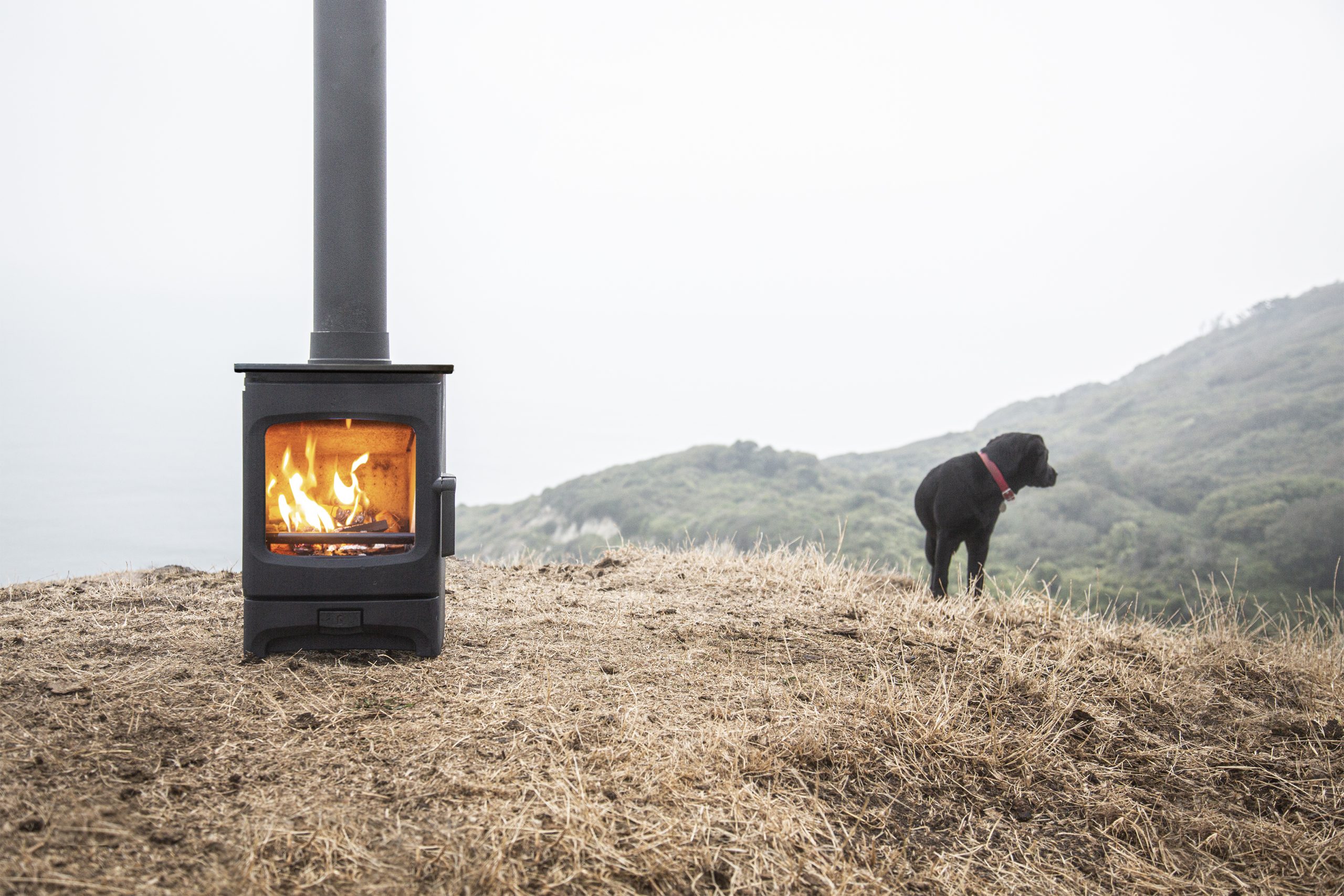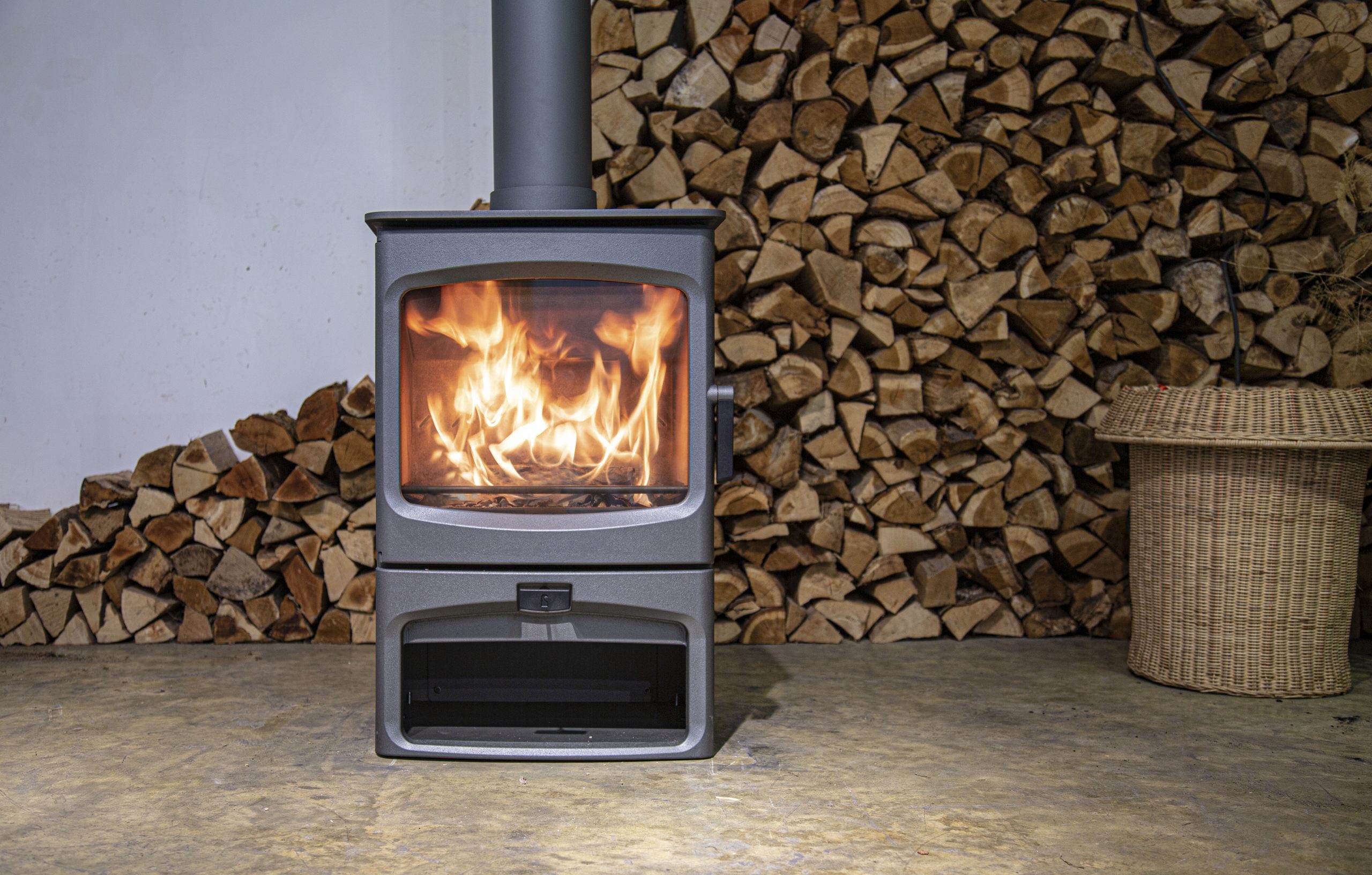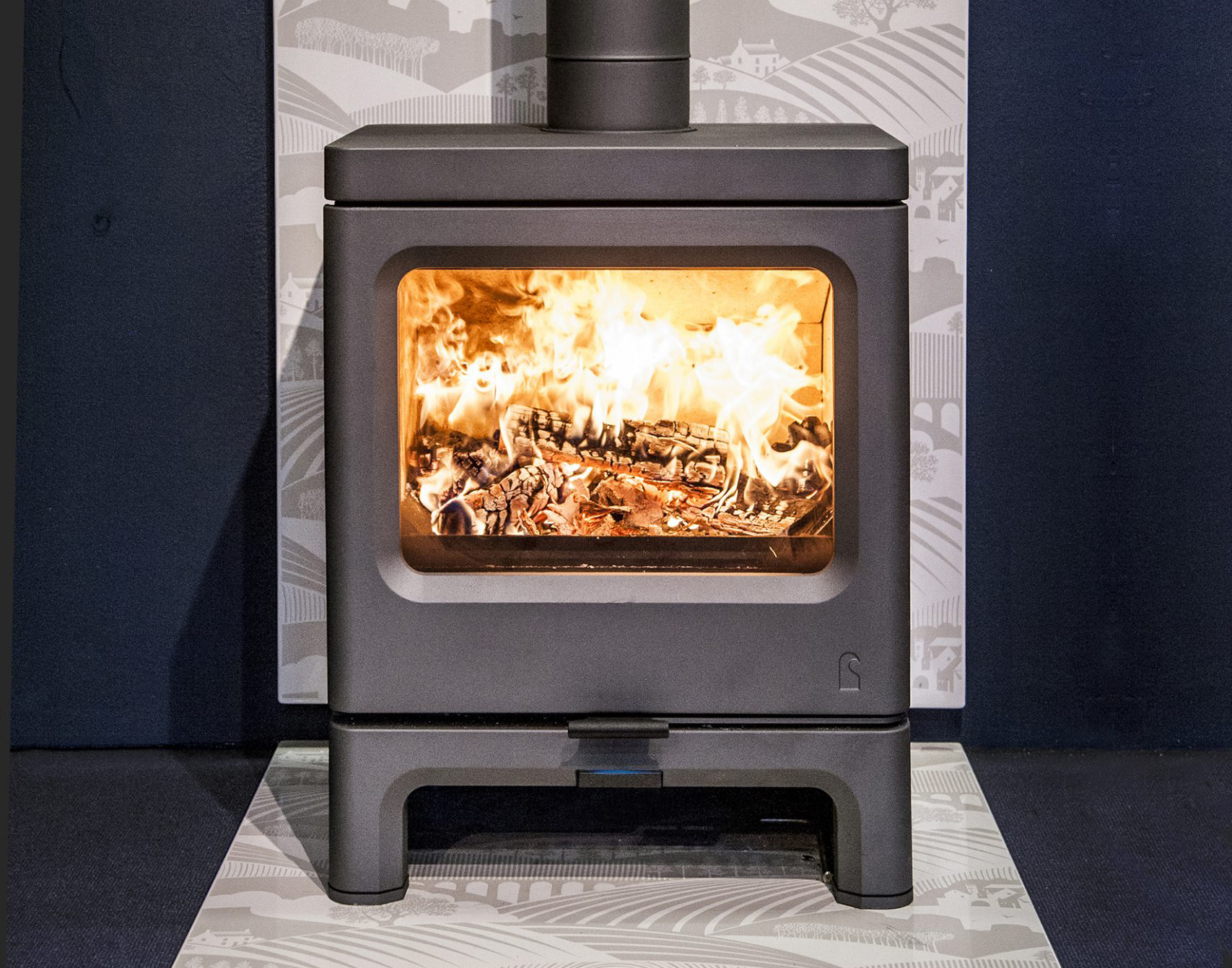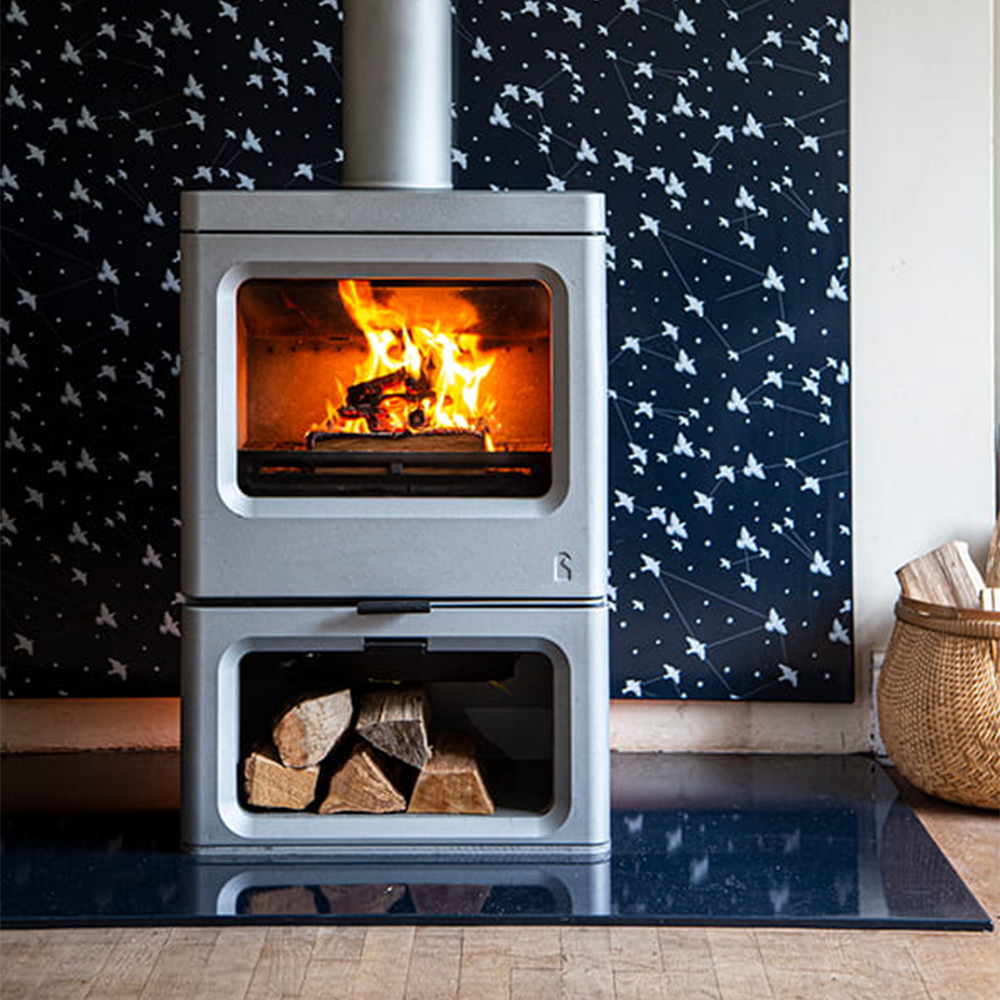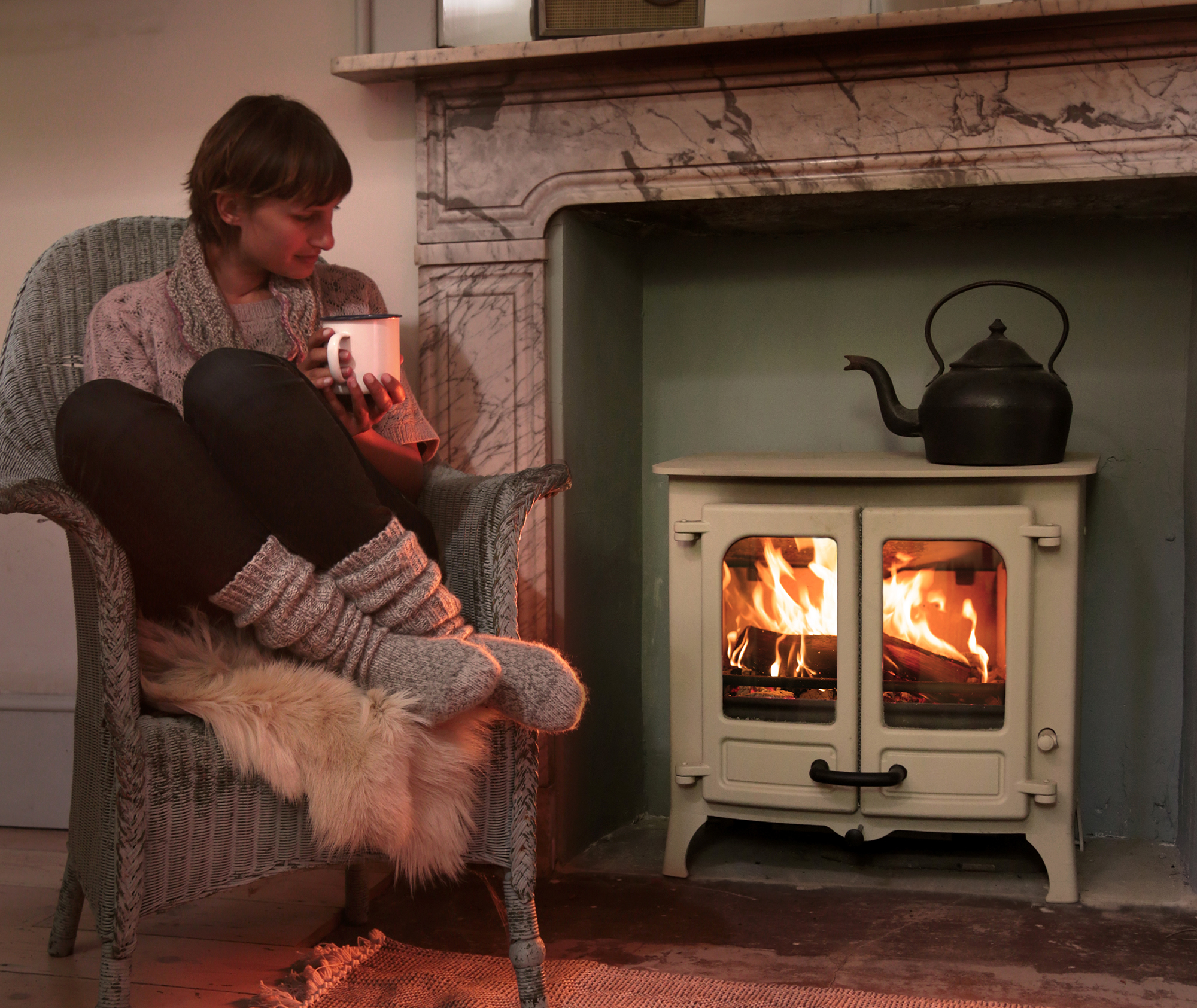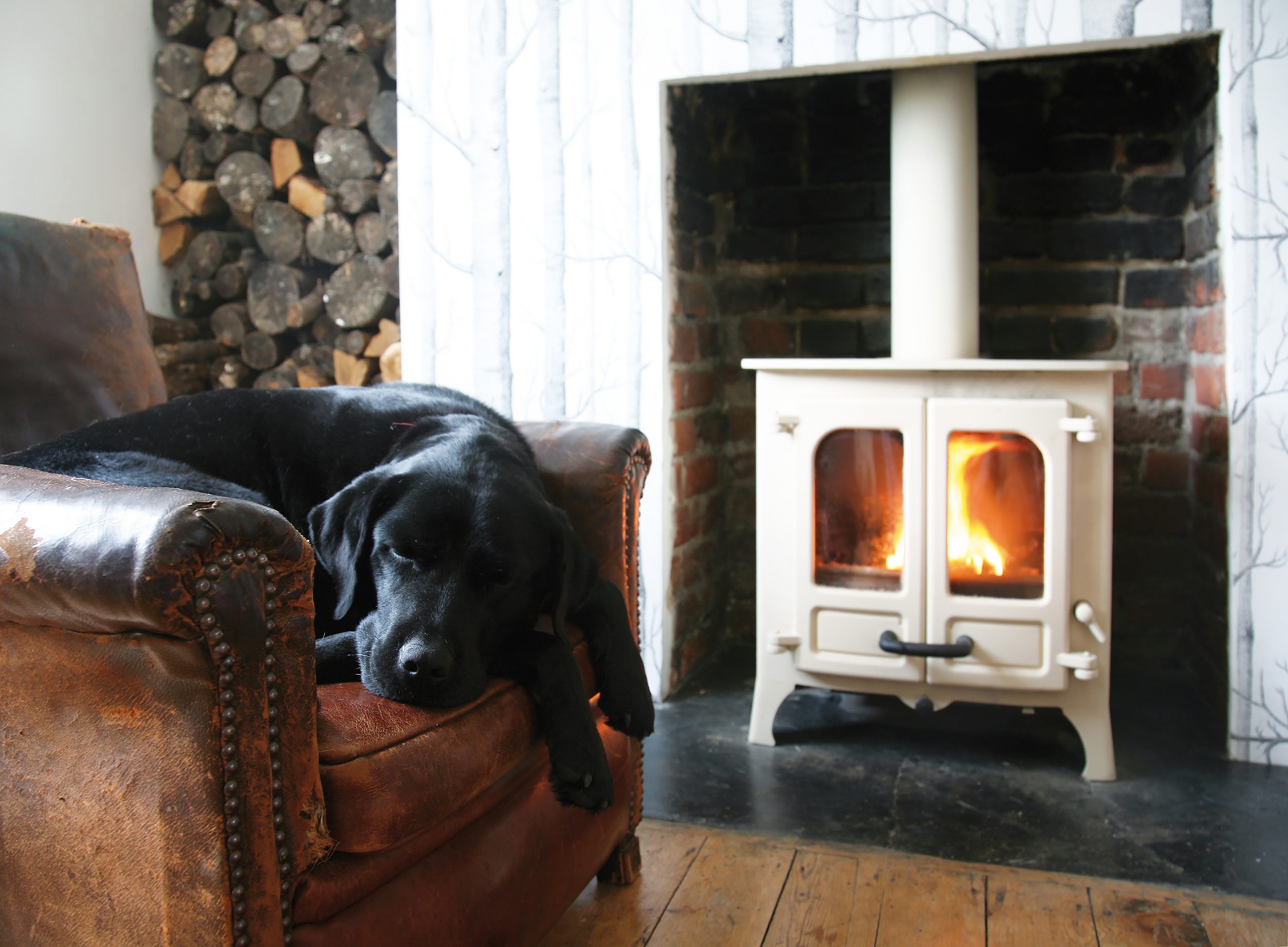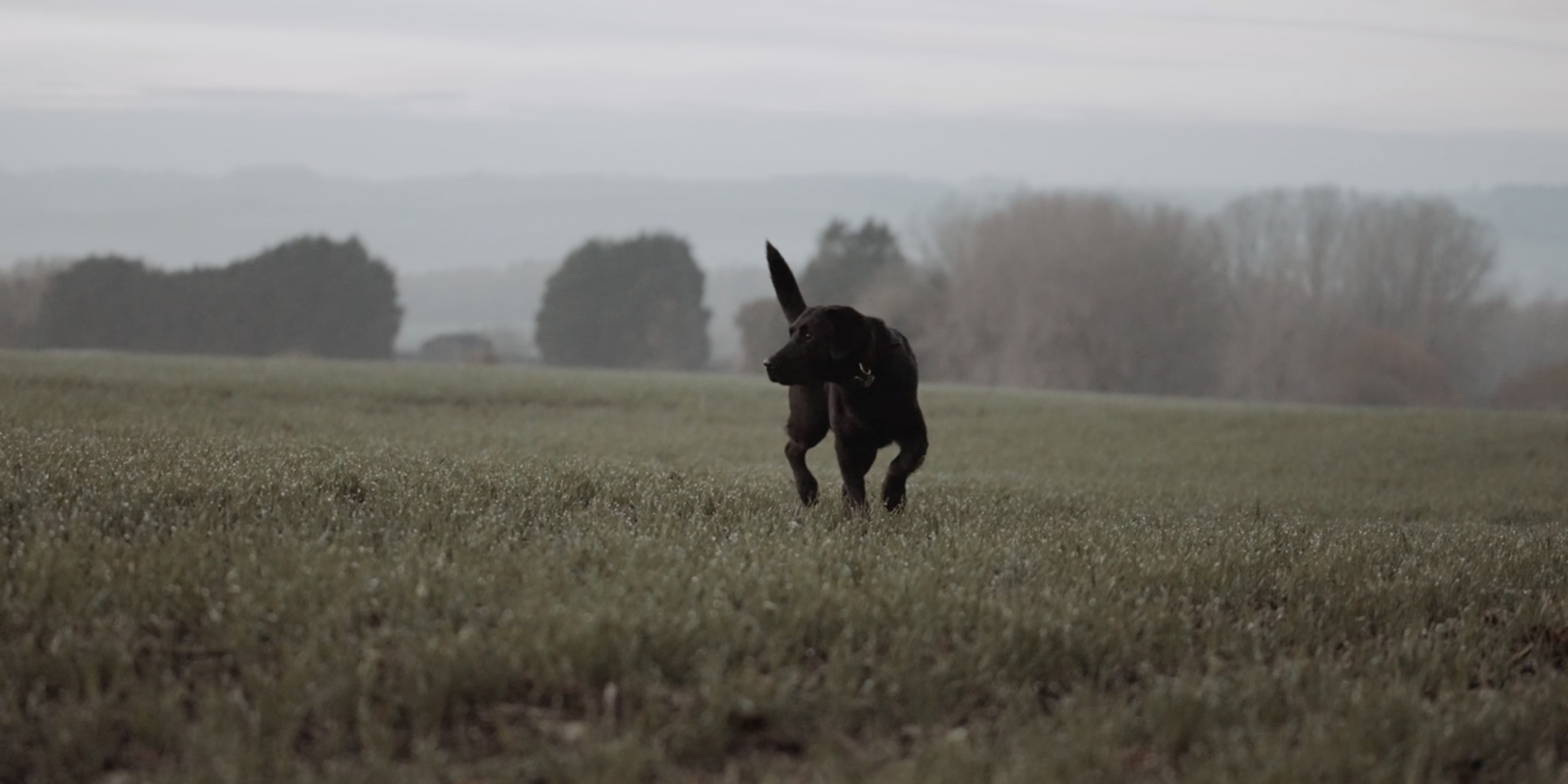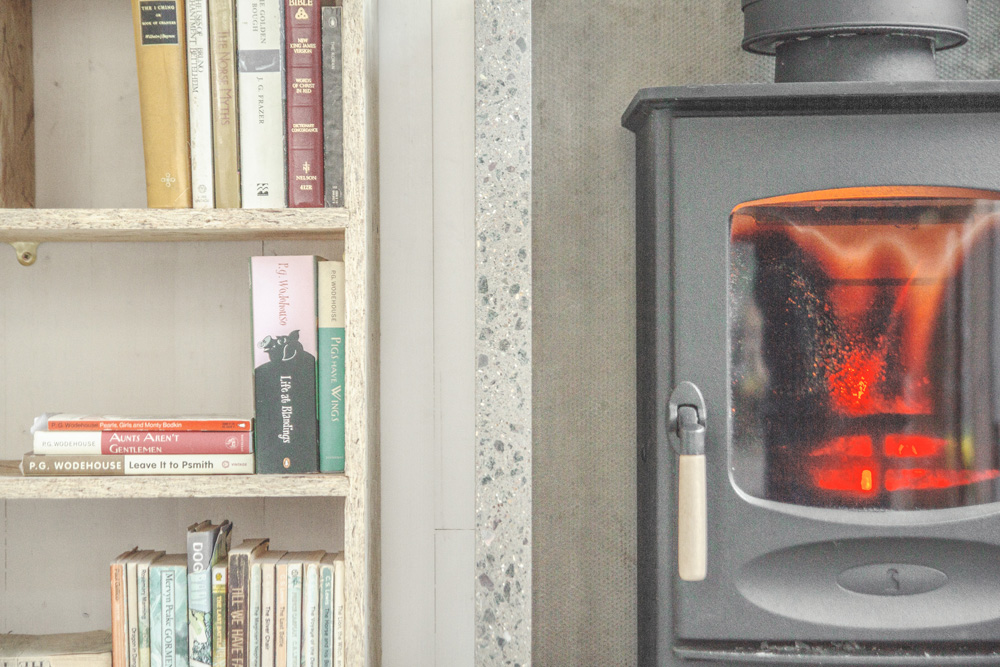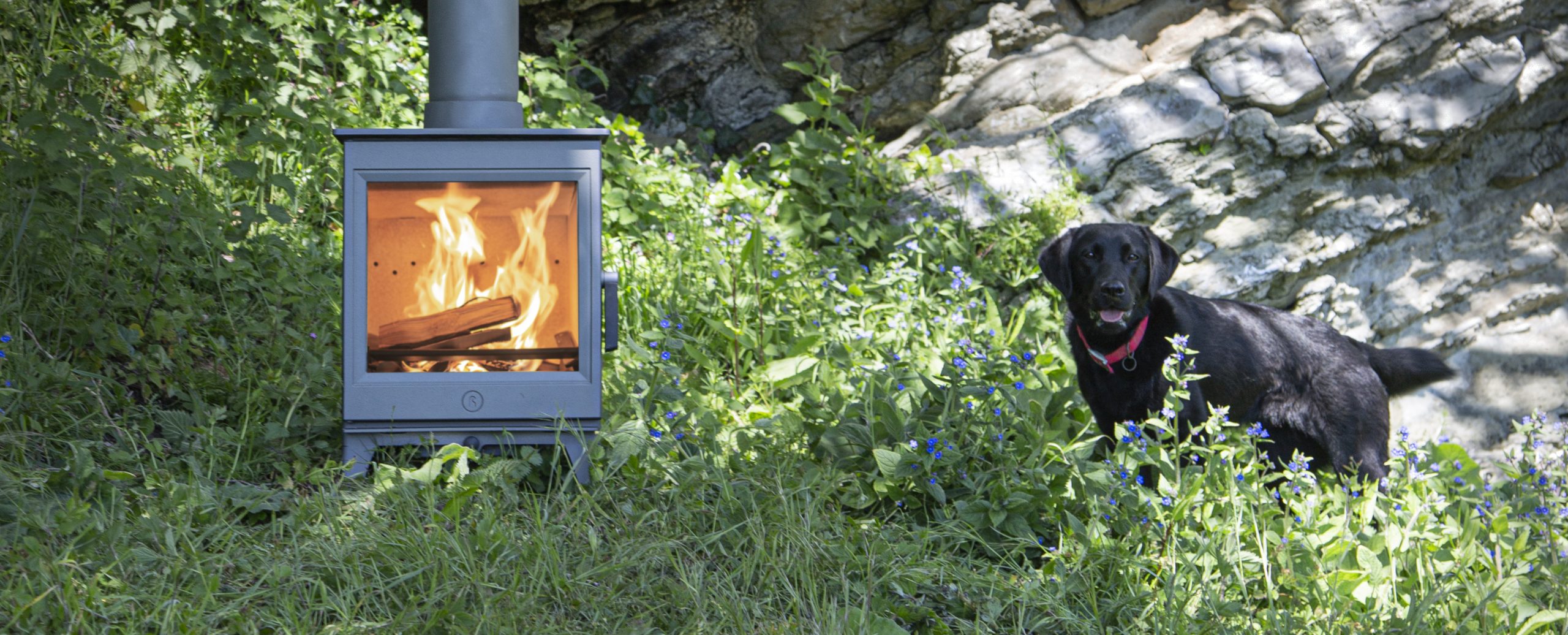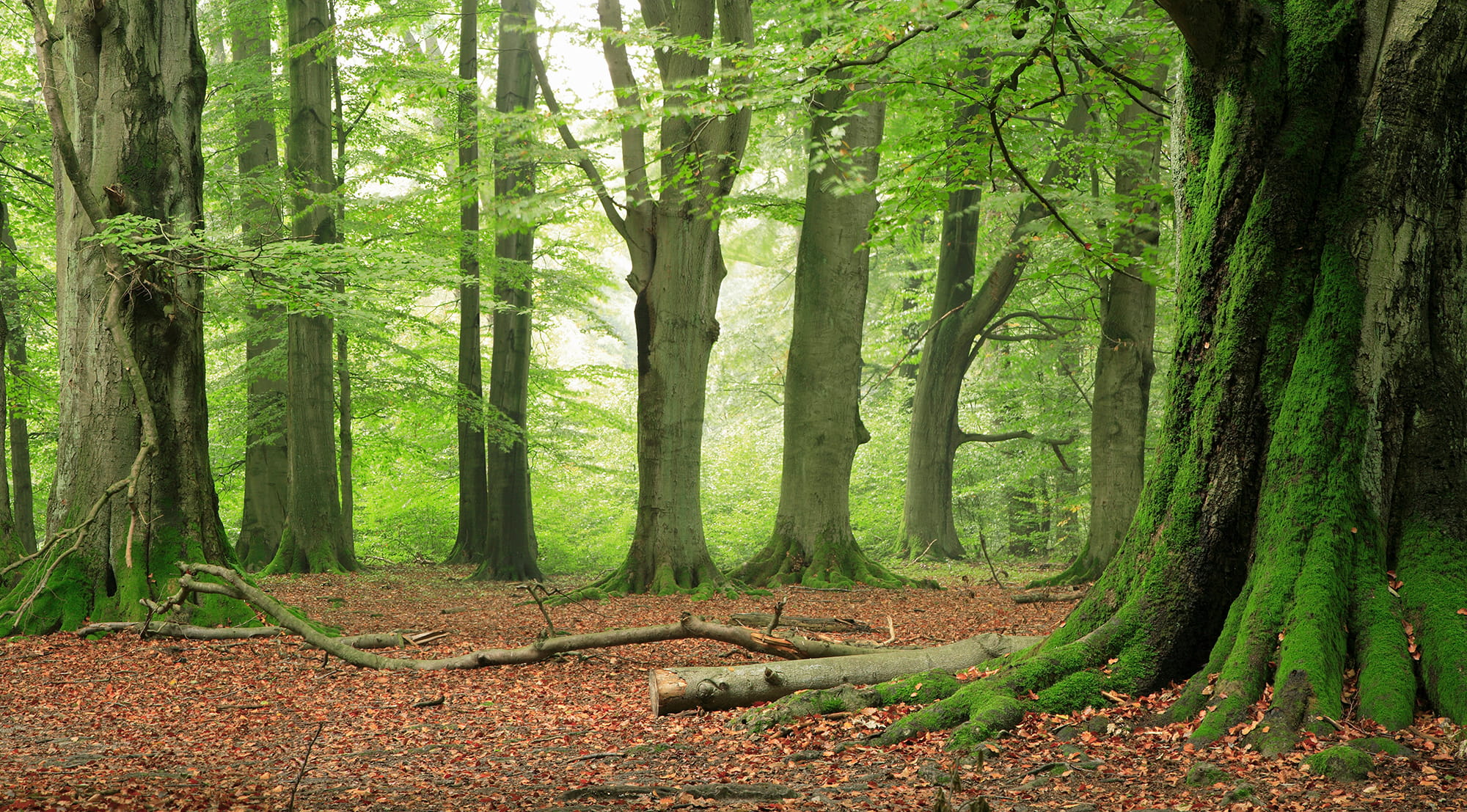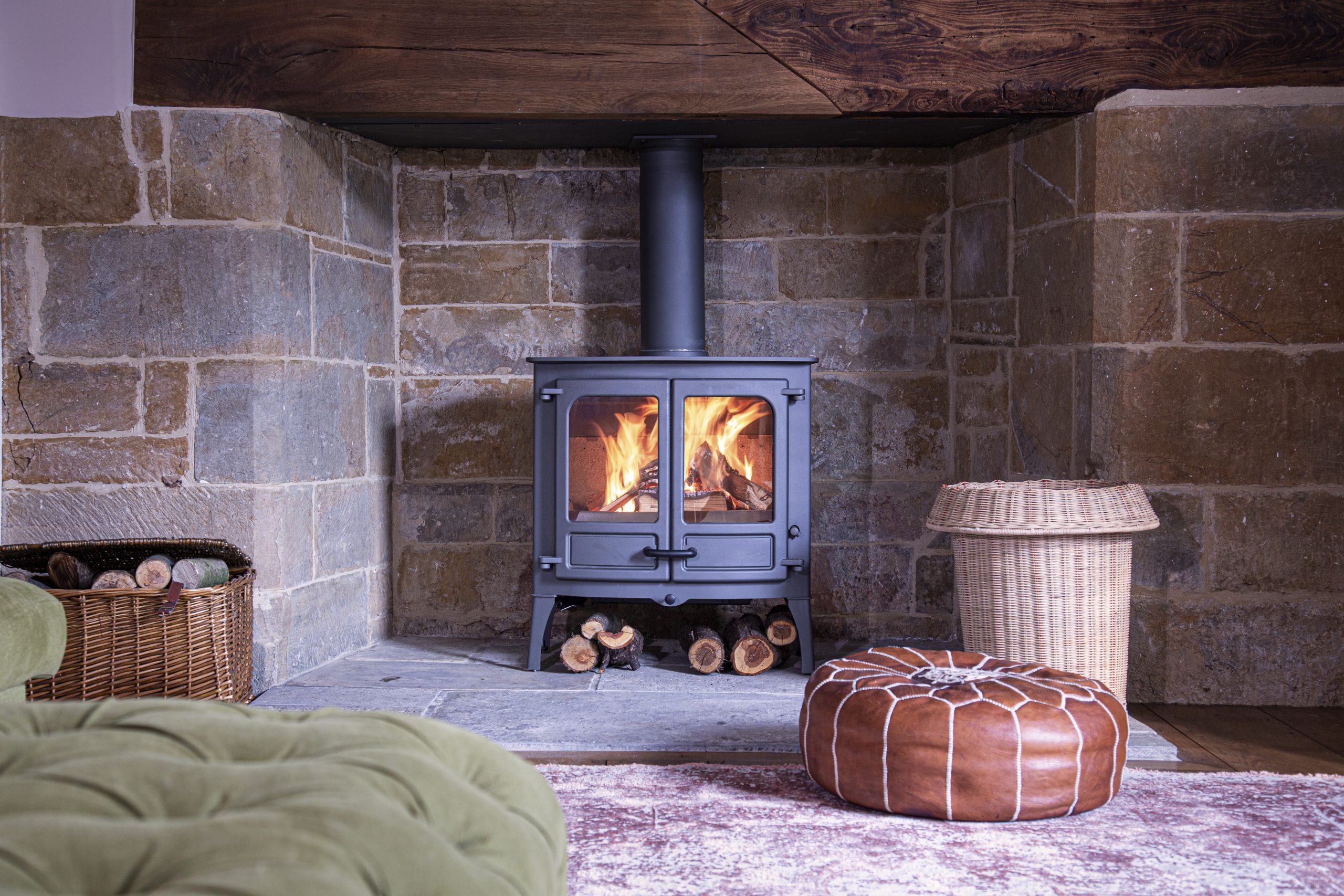Earlier this summer, the Supreme Court ruled that when Surrey County Council granted planning permission for the Horse Hill oil well they should have considered both the environmental impacts of constructing the well and the environmental impacts of using the final oil product. In effect, they said that the full climate impact should have been taken into account (1). Considering the full environmental impact makes sense for these types of decisions; however, doing so does raise deeper questions.
Take the Horse Hill oil well. Whether it’s built or not, the people of Surrey—and indeed the UK—are likely to continue using the same amount of oil products as before. The extra capacity isn’t expected to lower oil prices, so consumption will likely remain unchanged. Instead of oil coming from Surrey, it will come from somewhere else. For Surrey residents, this might seem like a win—after all, who wants an oil well in their neighbourhood? But the same people will still consume oil, just without confronting how it’s produced. Consequences that if placed in full view of those that use the end product might just have a small effect in reducing overall oil consumption.
Would seeing the consequences of our consumption make us more responsible? Does owning the impact of our choices change our behaviour?
Research from Environmental Psychologist, Professor Louis Chawla (2), suggests this may be the case. She has shown that an emotional connection seems to be very important in shaping our beliefs, values, and attitudes towards the environment. A. Kollmuss & J. Agyeman (3) define this emotional involvement as the extent to which we have an affective relationship to the natural world. The ability to have an emotional reaction when confronted with environmental degradation.
Beyond environmental degradation, we should also ask questions about employee welfare and health and safety conditions of ‘faraway’ oil production – is it up to the same standards as the UK? What about decommissioning when the time comes, will that be done in a sustainable way? Our energy choices always have consequences, and real sustainability requires examining them all.
Heating Our Homes: What Does Real Sustainability Look Like?
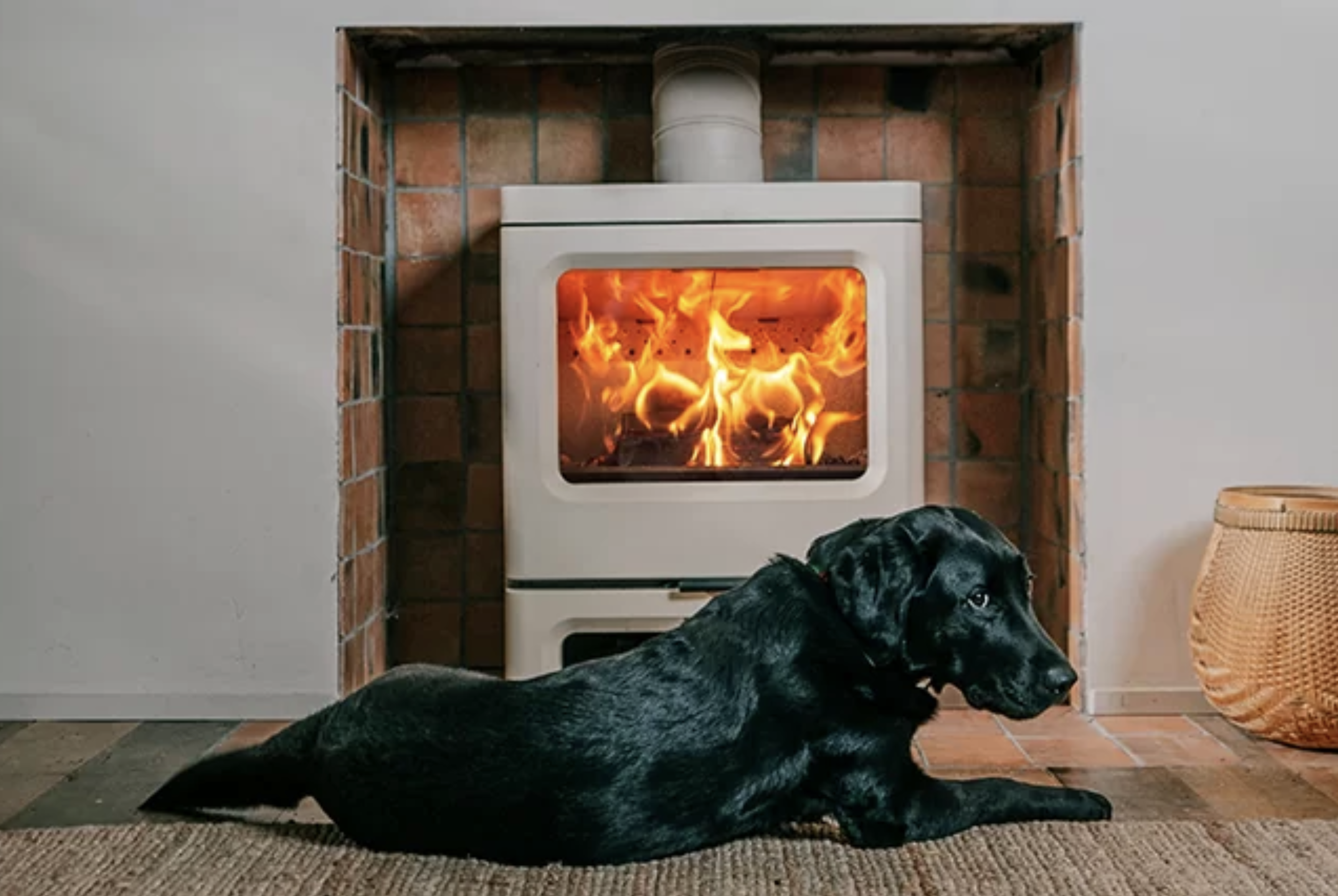

When considering how to heat our homes, we have to ask: What are the true climate and sustainability impacts of each method? There are a lot of questions that need to be posed and answered to grasp the whole picture.
Equipment — Where is it made? How long does it last? Can it be recycled at the end of its life?
Most homes require a heating source, even with proper insulation. This equipment has to be manufactured, and that process has an environmental impact. As manufacturers, this is something we at Charnwood take seriously. We are proud to be a British company committed to making products responsibly and being a good employer. We are serious about keeping each other safe and we work hard to minimise our impact on the environment. We are part of the SME Climate Hub which commits us to work towards net zero and have ISO14001 Certification. Our suppliers are mostly local, allowing us to monitor working conditions, reduce transport emissions and by employing local people we’re investing in the local community.
However, sadly our standards of practice and our ethos aren’t the norm as a lot of manufacturing has now shifted abroad. If true sustainability is being sought, then the employment, health and safety and environmental standards in these non-UK manufacturing companies must at least meet the levels we expect here.
One example is solar panels, many of which come from using Uyghur forced labour (4). The reliance of China to make solar panels makes us very reliant on them when unfortunately, relations are often less than optimal. Solar panels are frequently combined with battery technology which uses metals such as cobalt, mined using child labour in the Democratic Republic of the Congo (5).
True sustainability also compels us to consider what happens when a product reaches the end of its usable life. At Charnwood, we want to make good quality products which last a long time and have the ‘right to repair’. End-of-life recycling is a crucial focus for us and influences our decisions at every level of the business. We strive to avoid contributing to landfill waste by ensuring our products can be repaired and reused. Testament to our commitment, we have been manufacturing for over 50 years, and many of our original products are still in use today.
Sadly, many heating appliances, and appliances in general do not have longevity and cannot be repaired. At a minimum, we need to ensure that they can at least be easily and effectively recycled. Currently 90% of solar panels end up in landfill despite it being possible to recycle them (6) – this is something that urgently needs to be addressed. It is the same for wind turbine blades, where many will soon come to the end of their life. It’s imperative to find ways of recycling these and hopefully this should provide a business opportunity for some.
Fuel or energy source used — How is this produced?
The fuel we use is critical to sustainability. Is it renewable? Does it harm the environment or biodiversity? And what about the human cost of production?
In the case of Horse Hill, for example, while an oil well in Surrey may not be appealing, not having it just shifts the burden elsewhere, where conditions might be worse. We’re still reliant on non-renewable fossil fuels, so we need to make responsible choices about where we source them. These sources may be in the North Sea, they may be in Surrey or they may be further afield, perhaps in Middle Eastern deserts or rainforests… Do we know the impact on human lives we are having when we choose to buy remotely?
Solar and wind energy
Harnessing solar and wind power makes a lot of sense, it’s a renewable fuel source and the technology doesn’t emit emissions in operation. However, they’re not without issues—such as inconsistent supply, issues with recycling and the impact on local landscapes.
Growing wood for fuel
Wood, on the other hand, is a renewable fuel that can offer many positive benefits. Planting and managing local forests support biodiversity and energy security. One of our dealers, Scarlett Fireplaces (below), has a brilliant wood fuel scheme called Wood Burning in the UK 2024 that encourages customers to invest in local woodland for their stoves.
Emissions — What are they? How harmful are they?
In the simplest terms, almost every action we take results in emissions. Some of these have localised effects, such as smoke particles, while others, like excessive CO2 emissions, affect the global climate. It’s widely accepted that human-generated CO2 emissions are disrupting the natural carbon cycle, contributing to climate change. The severe consequences of climate change are now apparent across the world, with flooding, wildfires, and other extreme weather events making headlines regularly. Both local and global emissions matter, but arguably, it’s the global ones that have the most far-reaching and devastating impacts.
All of these factors are important, though impact with different levels of severity and we need to investigate the relative harm of each in order to discuss what true sustainability really is.
Dr Katharine Hayhoe, a leading climate scientist, writes about the comparison of deaths due to bad air quality compared to those of climate change. She states that premature deaths due to climate change are double or triple those due to bad air quality (7). However, the problem is that climate-related deaths disproportionately affect poorer countries, whereas wealthier nations like the UK experience much less of an impact.
Recently, I travelled to Burundi where in the capital Bujumbura the rise of Lake Tanganyika has been devastating – families have been flooded and many have died. Tragically, one family was even killed by a hippo who had come further inland because of the floods. The excess deaths because of climate change are apparent there for all to see and these are deaths of the young and old alike. It is also the case that poorer countries are disproportionately affected by bad air quality. Many homes across the developing world burn wood for cooking inside and suffer from high concentrations of smoke emissions.
In the UK, deaths due to climate change are very low, however, we are told that in London there are 10,000 excess deaths a year due to poor air quality, and 40,000 in total across the country. However, these figures are very misleading. In the BBC More or Less podcast Professor Anthony Frew discusses the 10,000 excess deaths in London. It is his view that even if air quality was drastically improved and the historical effects were removed, life expectancy would increase by just 20 days at the end of your life (8) – i.e 85 and 20 days vs 85 years old! Similarly, a University of Cambridge paper echoes this view, and concludes:
“There are huge uncertainties surrounding all the measures of impacts of air pollution, with inadequate knowledge replaced by substantial doses of expert judgement. These uncertainties should be better reflected in the public debates.
In addition, the situation in the UK is not what we would usually think of as a ‘crisis’. It can still be good to seek improvements in air quality, but only provided these are based on a careful analysis of the costs per life-year saved.” (9)
Despite the figures of deaths being grossly misleading, we do not seek to downplay the impact of smoke pollution on anyone caused by poor wood-burning practices. It is essential that where wood burning occurs, efficient modern appliances are properly installed and the right fuel is used. However, the potential issues arising from improper installation of wood-burning appliances are not unique to this technology; problems can occur with other heating solutions. For instance, a poorly installed heat pump in the wrong location can generate noise pollution and disturb neighbours. Whatever technology is being used it is vital to ensure that these installations are carried out correctly.
So, what does this mean for the choices we make to heat our homes? Below is a table highlighting various heating solutions detailing some of their key positives and negatives (+ / – ).
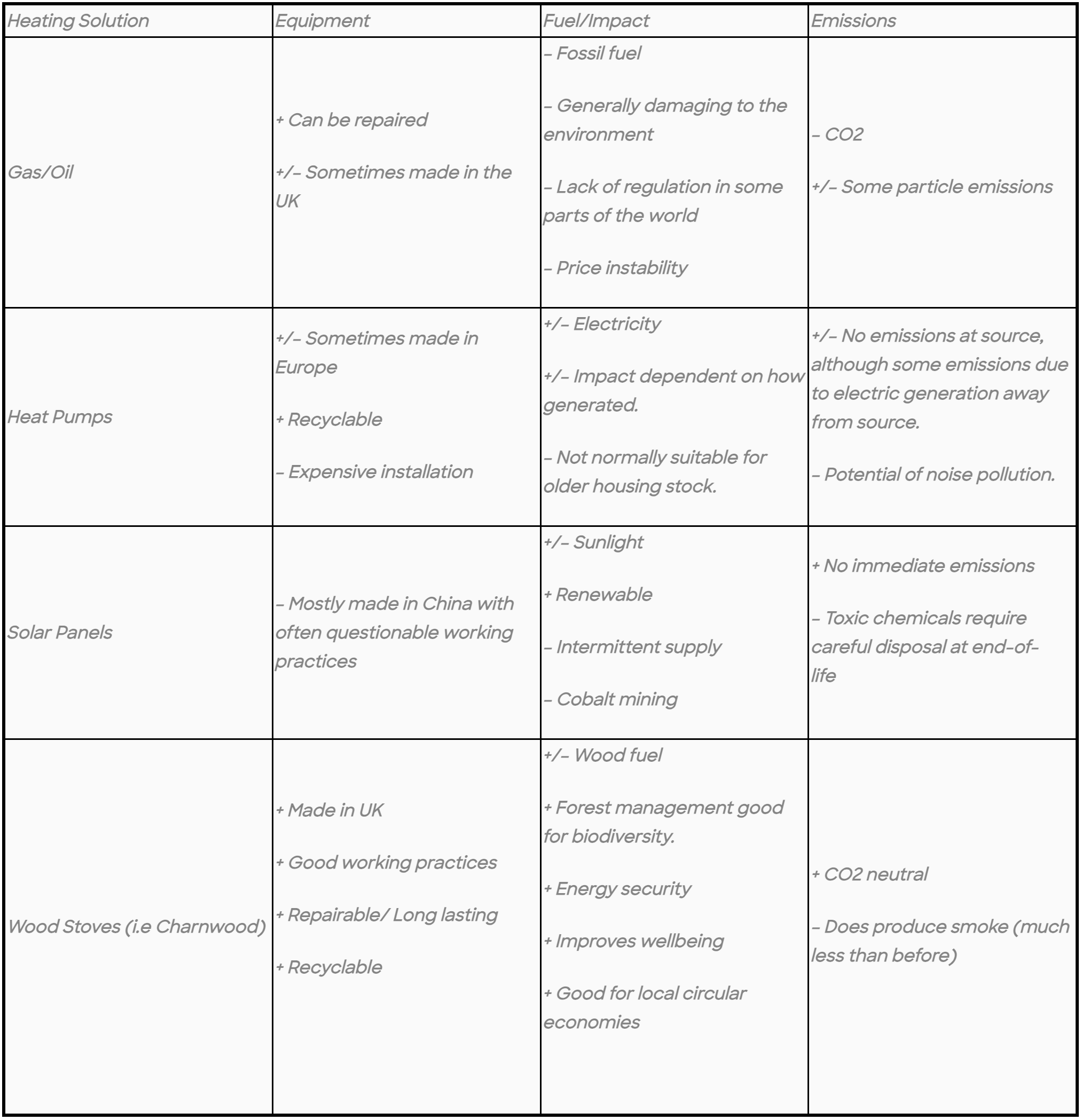

Campaigners on all sides are motivated to push their preferred solution while knocking the rest. As a manufacturer of wood-burning stoves, we have been on the receiving end of those who don’t like the emissions of wood burning. However, these campaigners often stray into the realm of extremism by refusing to acknowledge the bigger picture. Although usually well-meaning, they can become unwitting apologists of the fossil fuel industries, or less politely, serve as their ‘useful idiots.’
Most of us by now are wise to the issues of burning fossil fuels. However, issues with other greener technologies are less commonly understood. As pointed out by environmentalist Max Wilbert in the Earth Island Journal:
“Behind each piece of green technology is extraction. A recent International Energy Agency report estimates that reaching “net zero” by 2050 would require six times the amount of minerals used today. Another research paper says this would mean mining as much metal over the next 15 years as was extracted between the dawn of humanity and 2013.
‘Mining is unavoidably destructive to the environment and human rights,’ says Jamie Kneen, co-founder of Mining Watch Canada and one of the world’s leading watchdogs of the industry.” (10)
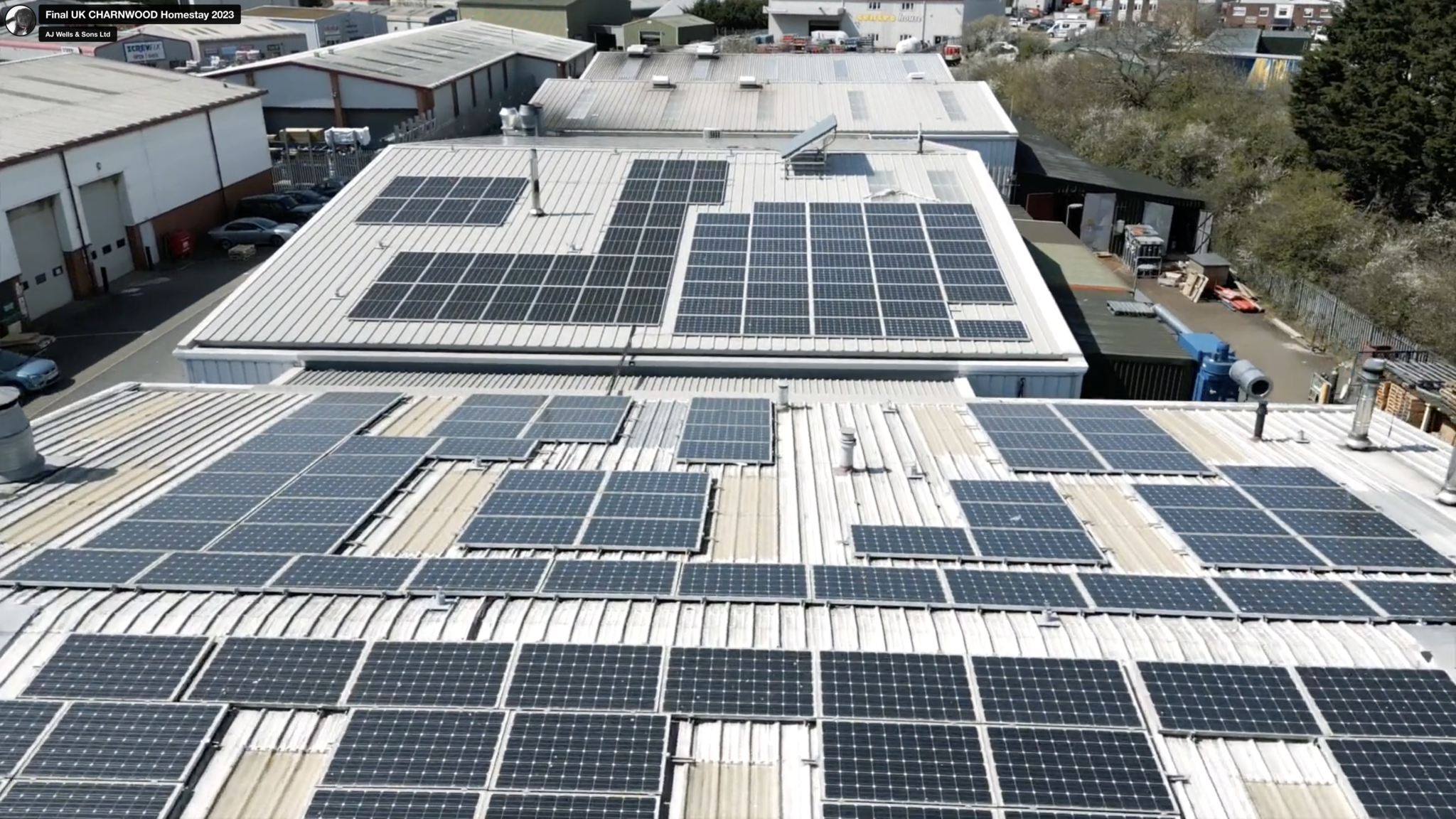

Solar panels on our factory roofs on the Isle of Wight
We’re not saying these technologies are inherently bad. In fact, we’ve made a significant investment in solar panels on our factory roofs, generating well over 1GW of energy to date. However, the uncomfortable truth is that all of our actions have environmental consequences, with our choices being limited to affecting the size of this impact. There is no perfect heating solution.
“Whenever a theory appears to you as the only possible one, take this as a sign that you have neither understood the theory nor the problem, which it was intended to solve.” Karl R. Popper (1972)
Despite the downsides of each heating solution, there are also, undoubtedly, many benefits. As stakeholders in our heating and energy security, we all have our part to play. For those in solar panel distribution, we need to find and create new manufacturing routes less reliant on China and forced labour as well as better recycling methods for solar panels. For us in the wood-burning stove market, we need to keep improving to reduce emissions even further. At Charnwood we are doing this by developing new automatic ways of controlling stoves – with the Skye E700 leading the way.
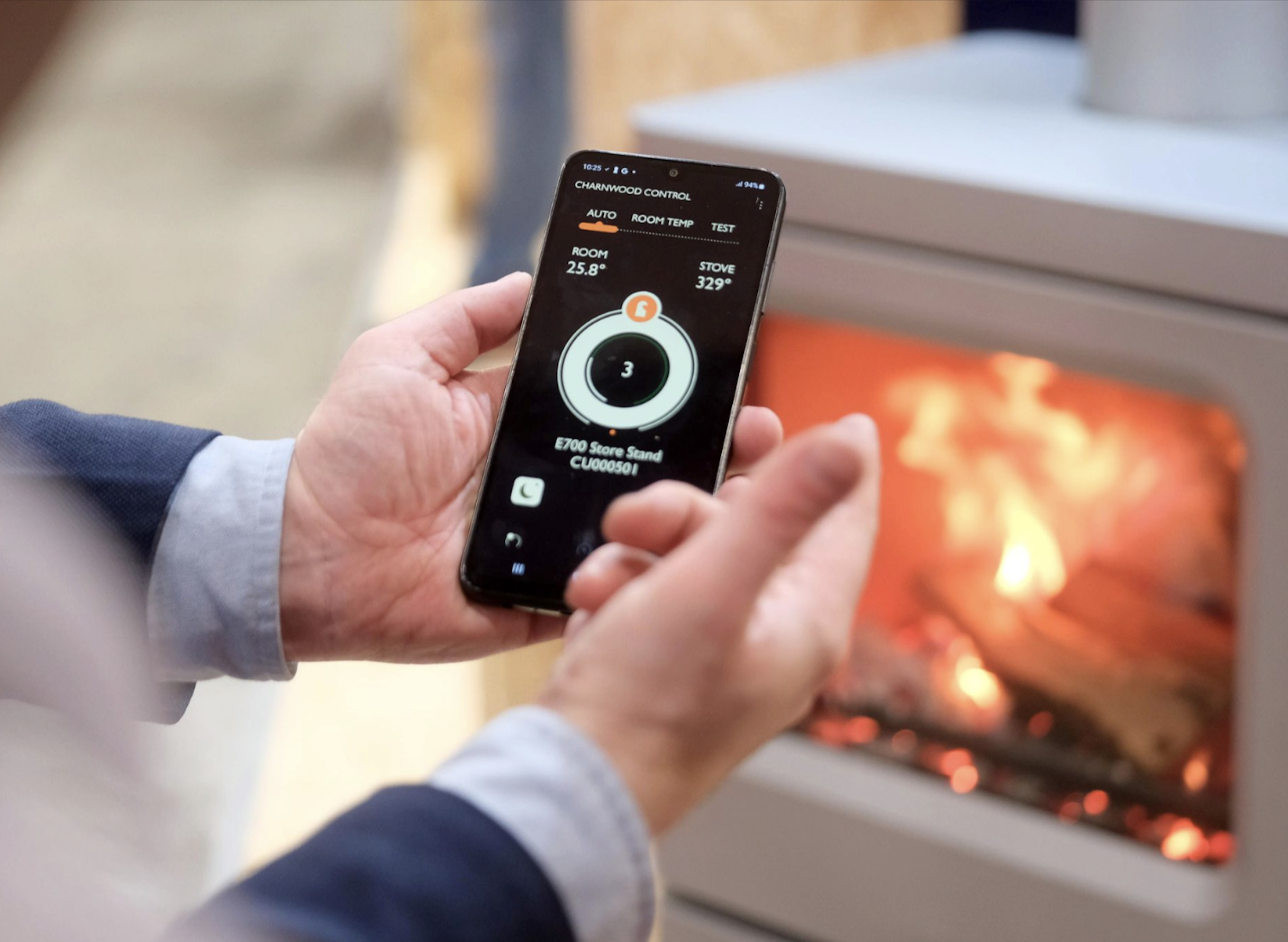


The Charnwood Skye E700 is an intelligent ultra-efficient stove which you can monitor and adjust from your phone
Learn about the Skye E700 more here
What is and what isn’t truly sustainable?
Working in conjunction with our environment surely is — exporting our rubbish to other parts of the world is not.
Burning wood, when using responsibly made appliances and using locally managed woodland as fuel, can be sustainable. By being responsible for our local emissions and ‘owning’ our own waste and pollution it motivates us to do something about it and minimise it — like what we are doing at Charnwood most recently with the E700. It is also good for local circular economies by providing employment for those that grow, manage, harvest & deliver wood. However, this does not mean burning wood is always positive and importing pellets from North America to feed the Drax powerplant most certainly is not sustainable.
Solar panels can be sustainable, but we must ensure that we source these panels from responsible factories. Using panels that are made with forced labour is not sustainable and is frankly morally wrong.
It is difficult to ever class burning oil or gas as sustainable, however, we perhaps get closest if we use these fossil fuels from local oil or gas wells – that way we at least ‘own’ our mess and are more likely to alter our behaviours.
So, let’s take responsibility and try to look at the whole picture, factoring in the total impact of each technology. Let’s not oversimplify these arguments to the point we become extreme and refuse to contemplate and engage with other viewpoints. If we want to see genuine progress toward real sustainability, we must come together and collaborate in positive dialogue.
A full assessment of climate and sustainability impacts must be factored into the choices we make when heating our homes. The more visual the downsides, the more we will hopefully modify our behaviours, and where we can’t see the downsides of the choices we are making, we need to be proactive and choose to make ourselves aware.
A heat pump with solar panels and battery storage may seem like a good idea and it well may be! However, the sustainability equation must also account for factors such as the environmental impact of manufacturing the panels and extracting the metals for the battery, the recyclability of the equipment, the noise produced by the heat pump, and the reliance on fossil fuels when the sun isn’t shining.
Similarly, the sustainability impact of wood heating with a stove must also be carefully considered. Is it manufactured responsibly and under good working conditions? At Charnwood, we proudly say yes. Is the wood sourced sustainably? If you’re using a system like the one run by Scarlett Fireplaces, then it’s a resounding yes, as planting and harvesting local wood can greatly benefit biodiversity. And what about emissions? At Charnwood, we offer some of the cleanest burning stoves available, and our team is continually pushing forward with new technological developments to enhance efficiency and reduce emissions even further.
It’s by analysing the various impacts, strengths and weaknesses of each technology, we believe one of the best paths forward is a co-energy solution, combining renewable technologies with modern, efficient wood-burning. When solar panels and turbines aren’t generating power due to a lack of sun or wind, an ultra-efficient wood-burning stove can step in as a dependable heat source. This approach allows people to confidently embrace renewables, knowing they have a reliable backup with wood-burning.
_________
To conclude, of course, we are all more sensitive to what we can see in front of us, but it’s crucial to recognise our broader responsibility to the environment and communities beyond our immediate view. By embracing a more comprehensive understanding of sustainability, we can make better-informed decisions with widespread benefits.
Further reading:
References:
(1)https://www.bbc.co.uk/news/articles/cxwwzmn12g9o
(4) China uses Uyghur forced labour to make solar panels, says report – BBC News
(5)https://x.com/AfricanHub_/status/1824381428651483431
(6)https://www.independent.co.uk/advisor/solar-panels/solar-panel-recycling
(7)https://www.thecooldown.com/green-tech/katharine-hayhoe-climate-scientist-gas-wood-fires-comparison
(8)https://www.bbc.co.uk/sounds/play/p085478q

